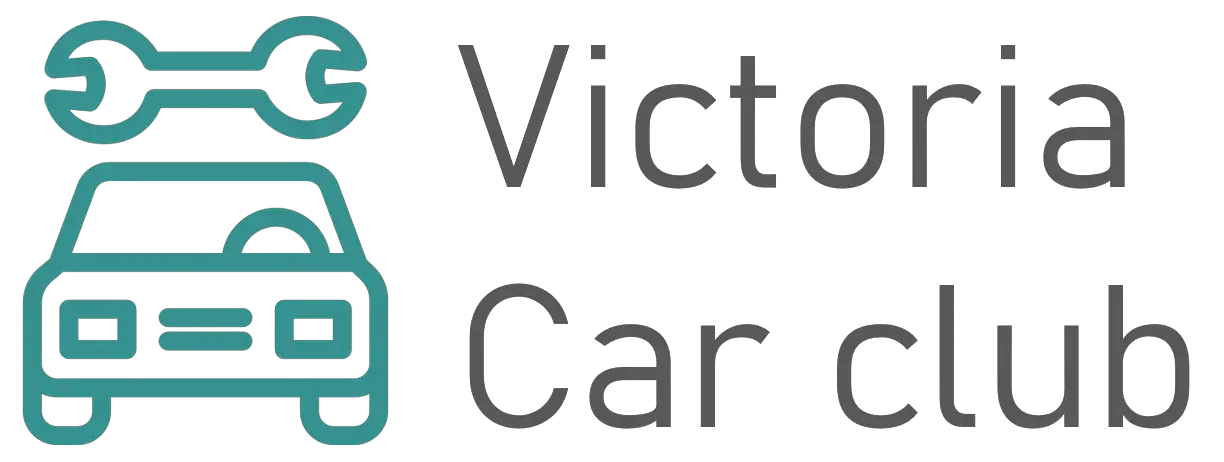Having a issue with your car is basic, because sadly recent automobiles are more and more complex and consequently exposed to more and more possible breakdowns. Today we’re going to try to help you to solve an injection problem on your Tesla Model S . This is a issue that is specially frustrating because it can sooner or later bring your vehicle to non starting or damaged engine. To achieve this, first we will discover how injection functions, then, what are the different problems that can exist on a Tesla Model S injectors , and finally, how to solve them.

What is the aim of the injection of a Tesla Model S?
So we commence our content by quickly explaining how an injection system functions so that you have all the info you need to understand the failure associated with it. < br>
The injection system of a Tesla Model S controls the fuel intake into the engine , it replaces the old carburettors. It has the advantage to be much more precise and to come, under pressure, to release the fuel in the engine. The injection pump takes care of pressurizing the fuel and transferring it to the injectors, and the injectors will relieve the fuel in the form of micro-drops into the cylinders of your Tesla Model S. The advantage of fuel injection is to have a much more precise dosage than a carburettor and to enable a better air/fuel mixture and consequently a better combustion.
What are the different injection problems on Tesla Model S?
Now in this second component, we are going to explore the different injection problems and their manifestations that you may possibly confront on your Tesla Model S .
Injection pump problems Tesla Model S
To start, we will discover the injection pump problems on your Tesla Model S, there are not many of them, they are quite often persistent but we will highlight them below:
- Electronic issue of the high pressure pump: If you have an electronic issue, the pressure in your injection system may be too high or too low which will cause a bad air/fuel mixture and consequently a bad combustion and thus alter the behavior of the engine of your Tesla Model S.
- Leakage from the injection pump of your Tesla Model S: If you have a significant leakage problem, the consequence will be much the same as if you have a lack of pressure, you will not have enough pressure and consequently the combustion of your fuel will not be good
.
Regarding the outcomes and manifestations of a fuel pump issue on a Tesla Model S , you will most certainly feel, a lack of power, your engine grazing, dark smoke emissions…
Injectors problems Tesla Model S
Now we move on to the injector problems on Tesla Model S . Injectors represent the end of your injection system, here are the different problems you may possibly encounter:
- Dirty Tesla Model S injectors: This can happen due to poor fuel quality, they will let less fuel through or more if they are completely clogged. So you will possibly have one or more cylinders that are not functioning effectively.
- Leaky Tesla Model S injector: It’s quite often at the high pressure seals that an injector can leak, it can also, more rarely, be cracked or broken.
- Injector Tesla Model S HS: This is the circumstance when your injectors are completely clogged or when you have an electronic problem, it will not let anything go.
Concerning the symptoms of injector problems on your Tesla Model S it is about the same as for a defective injection pump. You may possibly encounter problems with starting, throttle response, power loss, and smoke emission.
How to fix an injection issue on a Tesla Model S?
To end our content page on the injection problems on Tesla Model S , we will try to give you the solutions that exist to solve these problems.
If after a precise analysis it’s your injection pump that is the reason of your problems, it will sadly be very complicated to intervene on the problem without replacing the component, this change quite often goes with the replacement of the injectors, and occasionally the tank, it will take between 2000 and 3000 euros for the whole, try to get some diagnostics and estimates before starting any repair.
Regarding a issue with an injector there are various solutions depending on your concerns, here they are:
- Dirty injector: You can clean the injectors of your Tesla Model S, do not hesitate to consult our content on this subject to get the procedure. If it doesn’t work, you will have to change them.
- Leaky injector: The replace and the purchase of a joint kit will only cost you a few tens of euros, but you still need to have the ability to replace it, do not think twice to consult our content on the injectors that leak on Tesla Model S, to have all the solutions available to you.
- Injector HS: Finally, last solution, your injector is damaged or doesn’t work anymore, in general, the replacement of an injector costs around 500 euros labor included.
To find more tips on the Tesla Model S, take a look at the Tesla Model S category.

